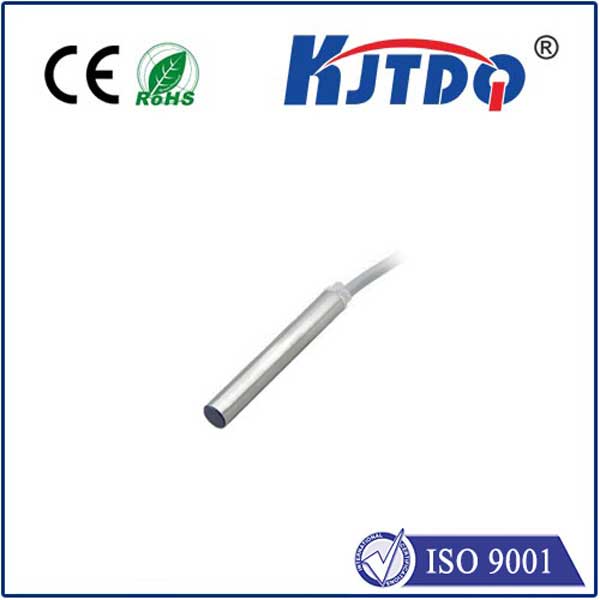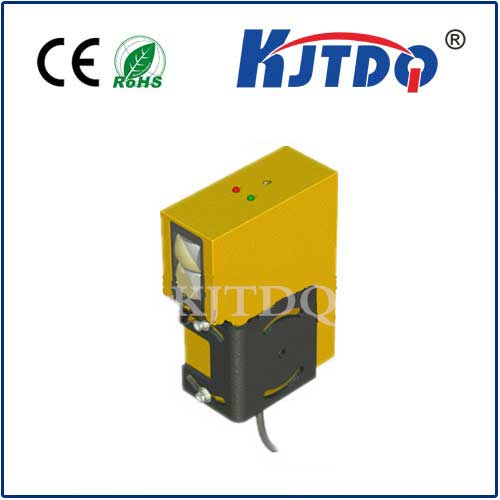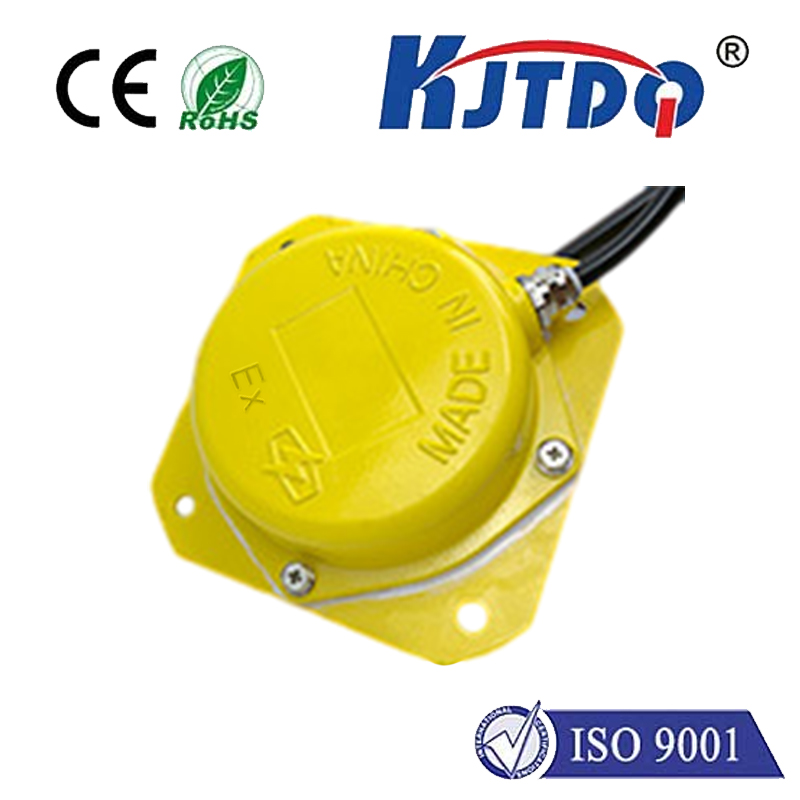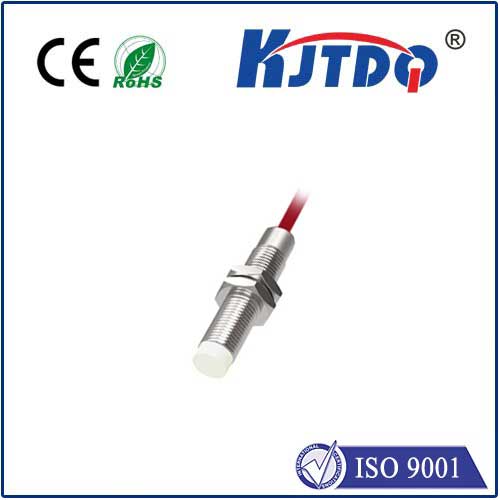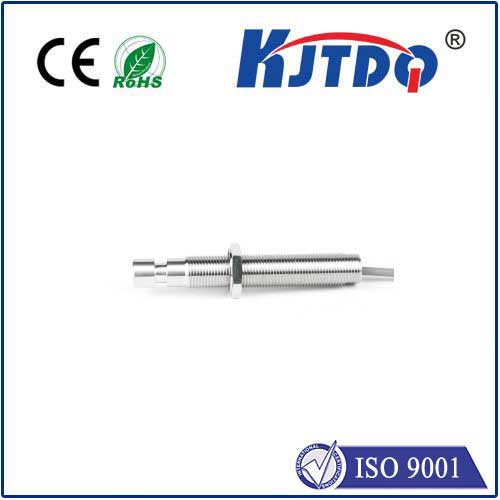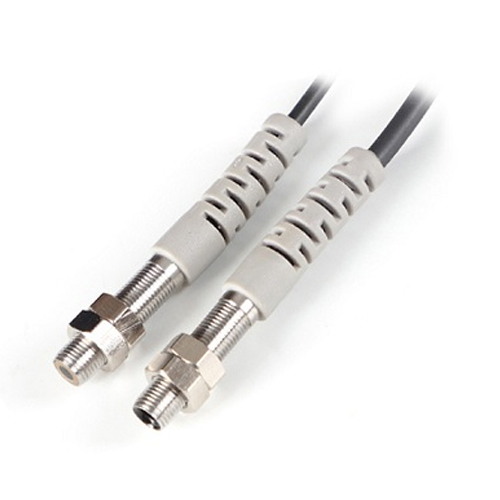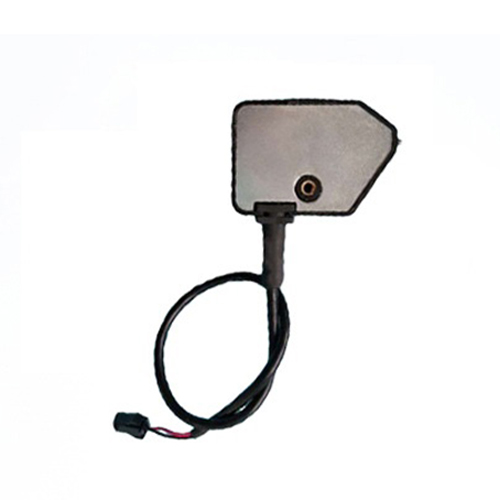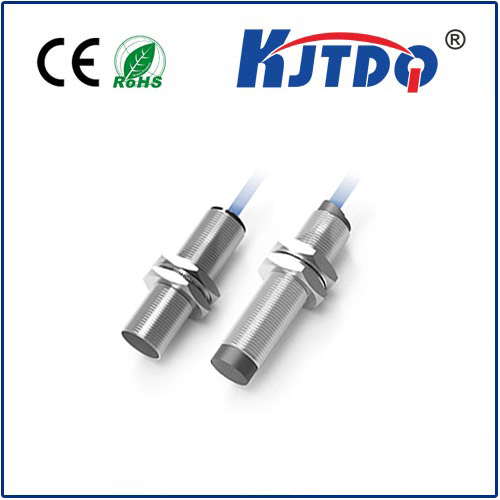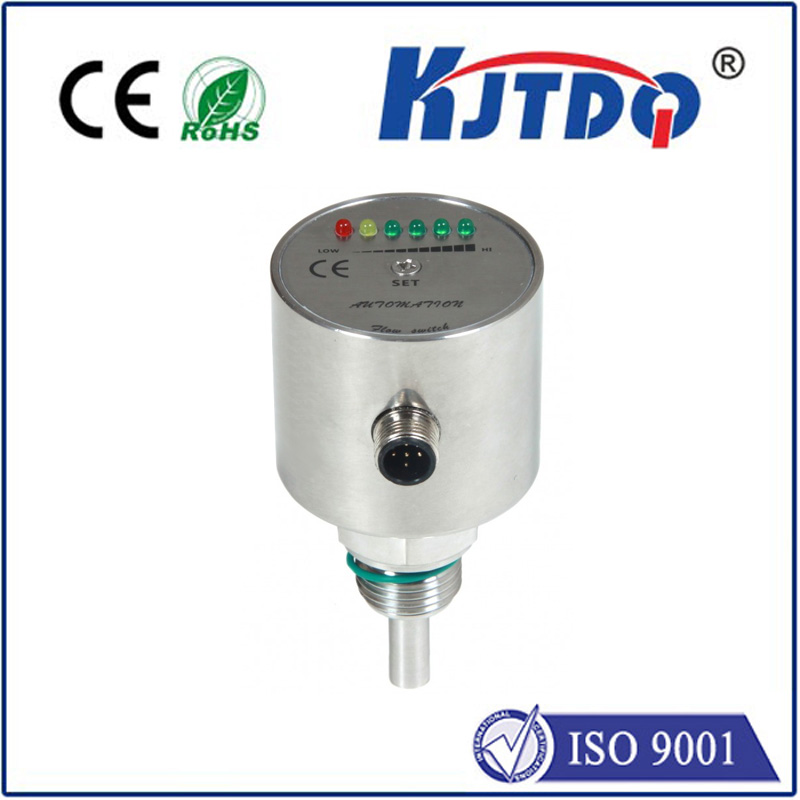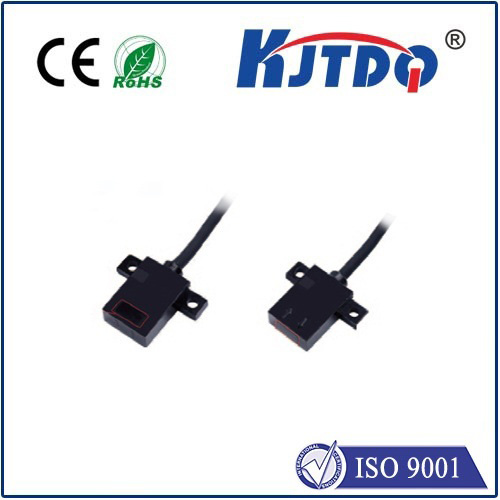

check

check

check

check

check

check

check

check

check

check
As technology continues to advance, the field of sensor photo electric has become increasingly important in our daily lives. In this article, we will explore the evolution and impact of sensor photo electric technology on various industries.
The first step towards understanding sensor photo electric technology is knowing what it refers to. In simplest terms, sensor photo electric technology involves devices that convert light energy into electrical signals. These signals are then processed by electronic circuits to produce an output that can be used for various purposes such as measuring distance, detecting objects or even capturing images.

One of the earliest applications of sensor photo electric technology was in photography. With the invention of the camera, people were able to capture images using film. However, with the advent of digital cameras, sensor photo electric technology played a crucial role in revolutionizing the way we take pictures. Digital cameras use sensors to convert light energy into electrical signals that are then processed to create high-quality images.
In addition to photography, sensor photo electric technology has also found its way into other industries such as automotive, healthcare, and manufacturing. In the automotive industry, sensor photo electric technology is used in systems such as automatic headlights and parking sensors. In healthcare, it is used in medical imaging equipment such as X-ray machines and MRI scanners. In manufacturing, it is used in quality control systems to detect defects in products.
The advancements in sensor photo electric technology have also led to the development of new applications such as facial recognition software and self-driving cars. Facial recognition software uses sensor photo electric technology to identify individuals based on their unique facial features. Self-driving cars use sensor photo electric technology to detect obstacles and navigate safely on roads.
However, there are still challenges that need to be addressed in the field of sensor photo electric technology. One such challenge is improving the accuracy and efficiency of these devices. Another challenge is making these devices more affordable so that they can be accessible to everyone. Despite these challenges, the future of sensor photo electric technology looks promising with potential applications in areas such as environmental monitoring and space exploration.
In conclusion, sensor photo electric technology has come a long way since its early beginnings in photography. Its applications have expanded into various industries, revolutionizing the way we live our lives. As technology continues to advance, we can expect even more exciting developments in the field of sensor photo electric technology.
